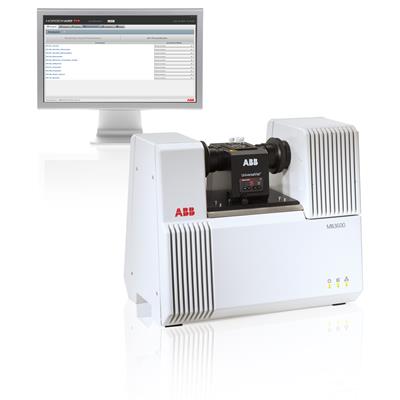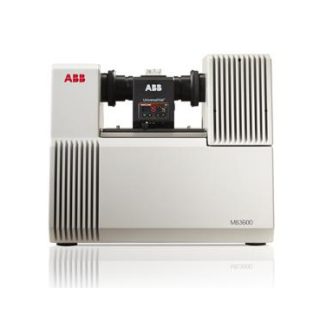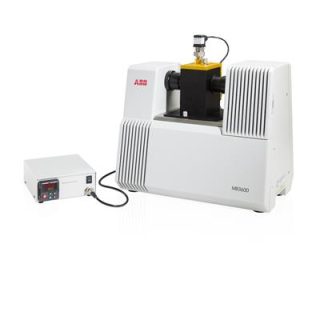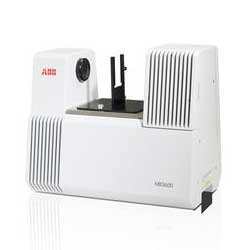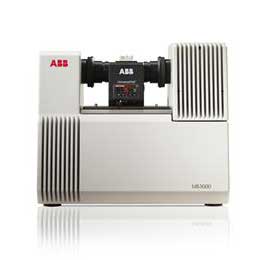MB3600-CH20
Scientific Product
Assistant Buniness Unit Manager : Miss. Rotsukon Chanseeharat
Tel : 081-988-2819
E-mail : rotsukon@pico.co.th
Admin
Tel : 02-939-5711 ext. 611
E-mail : scientific@pico.co.th
The MB3600-CH20 Laboratory FT-NIR is an accurate, easy-to-use analyzer for determining Hydroxyl Value (HOval) in polyether and polyester polyols, fatty alcohols, pentaerythritol, glycols, EO/PO and related chemistries.
Overview
The MB3600-CH20 FT-NIR Analyzer is more than just a robust field-proven analyzer for Hydroxyl Value that replaces costly and time-consuming wet-chemical titration analyses. It is also a powerful method-development platform for applications designed to replace other slow functional-group analytical procedures, in both liquids and solid powder products.
Reliable Hydroxyl Value Analysis
ABB has been a world leader for many years in industrial FT-NIR analytical solutions. Our Laboratory FT-NIR analyzers are renowned for their ruggedness and long-term stability. This makes them excellent method development platforms for a host of FT-NIR based methods, replacing tedious and expensive wet-chemical procedures.
Rapid Development of Custom Analytical Methods
The MB3600-CH20 is ready to use for the rapid development of custom analytical methods suitable for a wide variety of sample types, including polyester and polyether polyols, polyethylene or polypropylene glycols and amine derivatives.
Quick and Simple Analysis for Fast Product Release
The MB3600-CH20 Laboratory Analyzer simplifies Hydroxyl Value and similar analyses such as Acid Number, Moisture or EO/PO ratio. Analysis is performed using disposable vials which eliminate sample cell cleaning. The measurement time is only 1 minute after the sample has reached the fixed measurement temperature.
Guaranteed Laboratory-to-Process Calibration Transfer
ABB has developed manufacturing methods which ensure all our laboratory and process FT-NIR analyzers are highly stable, have a highly linear photometric response, and provide identical absorbance spectra. This guarantees calibration transferability from lab to process without any additional calibration efforts or data manipulation.

